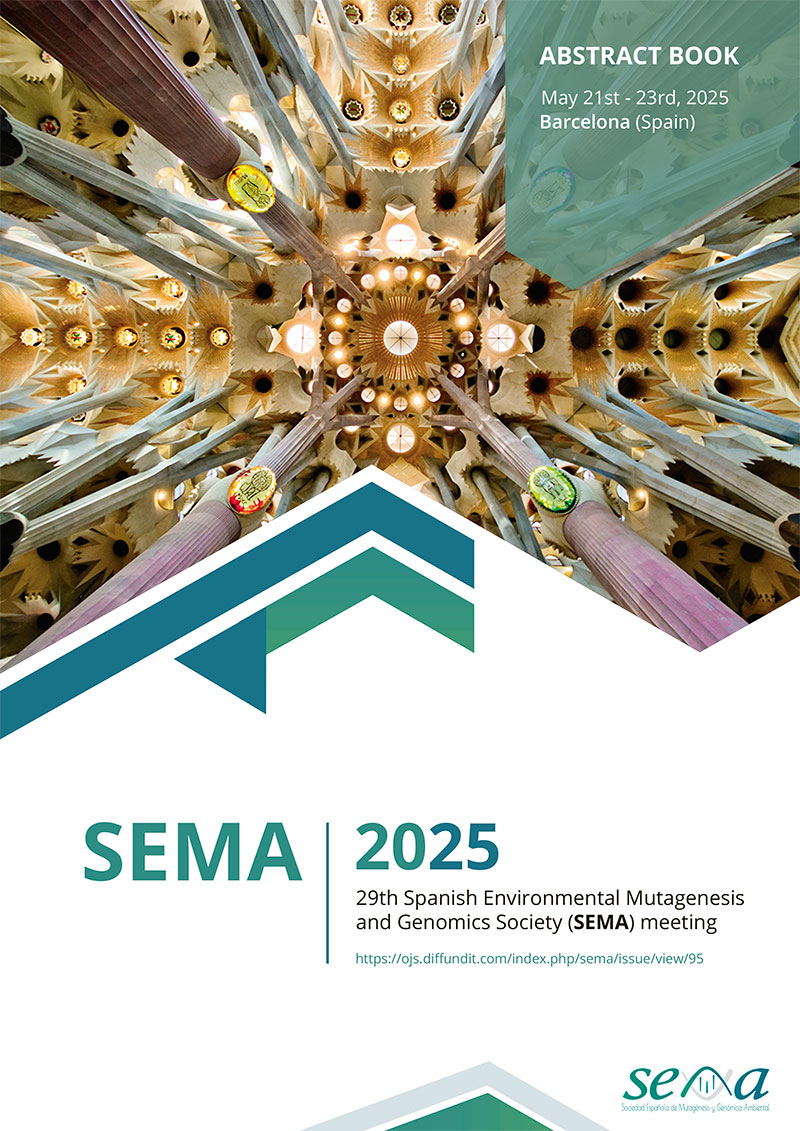Abstract
There is growing concern about the health effects of chemical exposure, particularly during early life, a critical period marked by organ development and immature detoxification systems. Using data from population-based birth cohorts, our studies aim to (i) investigate the epigenetic mechanisms underlying early-life exposure to toxic chemicals, and (ii) identify genetic variants involved in detoxification processes. This presentation focuses on phthalates, non-persistent chemicals widely used as plasticizers in consumer and industrial products.
Phthalate metabolites were quantified using mass spectrometry in pools of urine samples collected during pregnancy and childhood. Placental genome-wide DNA methylation and genetic variation were assessed using the Illumina EPIC and GSA arrays, respectively. Associations were examined using linear regression models adjusted for relevant covariates, and significant loci were annotated using various bioinformatics tools. In the Barcelona Life Study Cohort (BiSC, N=469 mother-child pairs), in utero phthalate exposure was associated with differential DNA methylation in the placenta, a key organ for foetal development. The affected pathways included immune and vascular regulation, sex hormone receptor response, and steroid biosynthesis, consistent with the known endocrine-disrupting properties of phthalates. Methylation patterns varied depending on the timing of exposure and the sex of the foetus. These analyses are currently being extended to blood tissue within the Pregnancy and Childhood Epigenetics (PACE) consortium. In relation to phthalate detoxification, we identified four genetic loci and two copy number variants associated with urinary phthalate levels and their metabolic ratios in children from the Human Early Life Exposome (HELIX) cohort (N=1,044). These variants mapped to genes involved in phase I and phase II metabolism and renal excretion.
Our findings suggest that prenatal phthalate exposure can alter the placental epigenome in a sex- and timing-specific manner and that genetic variants may influence individual detoxification capacity, with potential implications for child health.
Acknowledgements: BiSC, HELIX and PACE families
Funding: FP7/2007-206 no. 308333; H2020-EU.3.1.2. no. 874583; PI17/01225, PI17/01935, PI20/00190, funded by the ISCIII and co-funded by European Union (ERDF, “A way to make Europe”); JPI HDHL and ISCIII AC18/00006.

This work is licensed under a Creative Commons Attribution-NonCommercial 4.0 International License.
Copyright (c) 2025 Spanish Journal of Environmental Mutagenesis and Genomics

